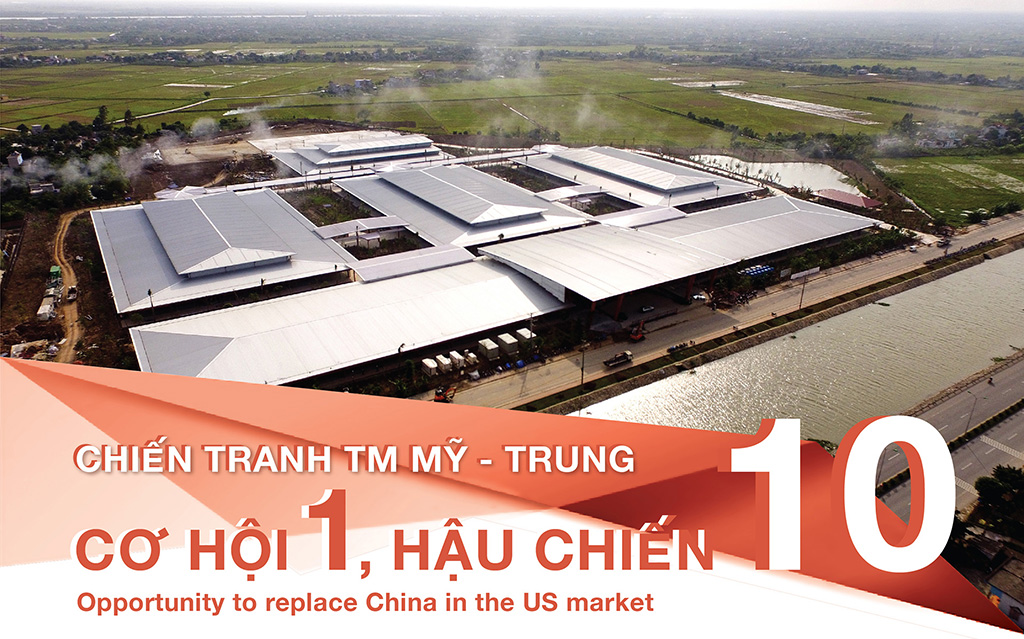
The US imposition of 25% tariffs on Chinese goods is opening up an opportunity for many Vietnamese enterprises to replace the neighboring country’s suppliers in the market that has great purchasing power with good price.
However, to grasp this opportunity, businesses need to enhance their own self capacity.

At the workshop: “Trade war: Future of Manufacturing Enterprises?” hosted by the Saigon Times in cooperation with Bluescope Vietnam, Mr. Ho Duc Lam, Chairman of Vietnam Plastics Association and the Board of Directors of Rang Dong Plastic JSC, said that he had recently met with many American and European companies which are mass suppliers for big retailers such as Walmart, IKEA, etc. These companies’ products have been long manufactured in China but now shifted to Vietnam due to the outbreak of the trade war and 25% tariffs on Chinese exports.
Meanwhile, some enterprises in the wood industry said that they had frequently received foreign partners’ emails inquiring about goods, especially which are not the strength of Vietnam, such as kitchen cabinets. This industry has set the export target for $20 billion by 2025, becoming the global furniture hub in Vietnam. The US – China trade war is considered the catalyst for this target because wood products, China’s major exports, have been subject to the third round of US tariffs in September (up from 10% to 25% from the beginning of 2019).







At the workshop: “Trade war: Future of manufacturing enterprises”, Associate Professor, Dr. Tran Dinh Thien, former President of the Vietnam Institute of Economics, called this situation two sides of the same coin, meaning advantages and disadvantages always go hand in hand. Therefore, enterprises should acknowledge opportunities and challenges in a flexible way, avoiding “small benefits” because “when elephants fight, it is the grass that suffers”. The short-term vision will make them always “grass”.





